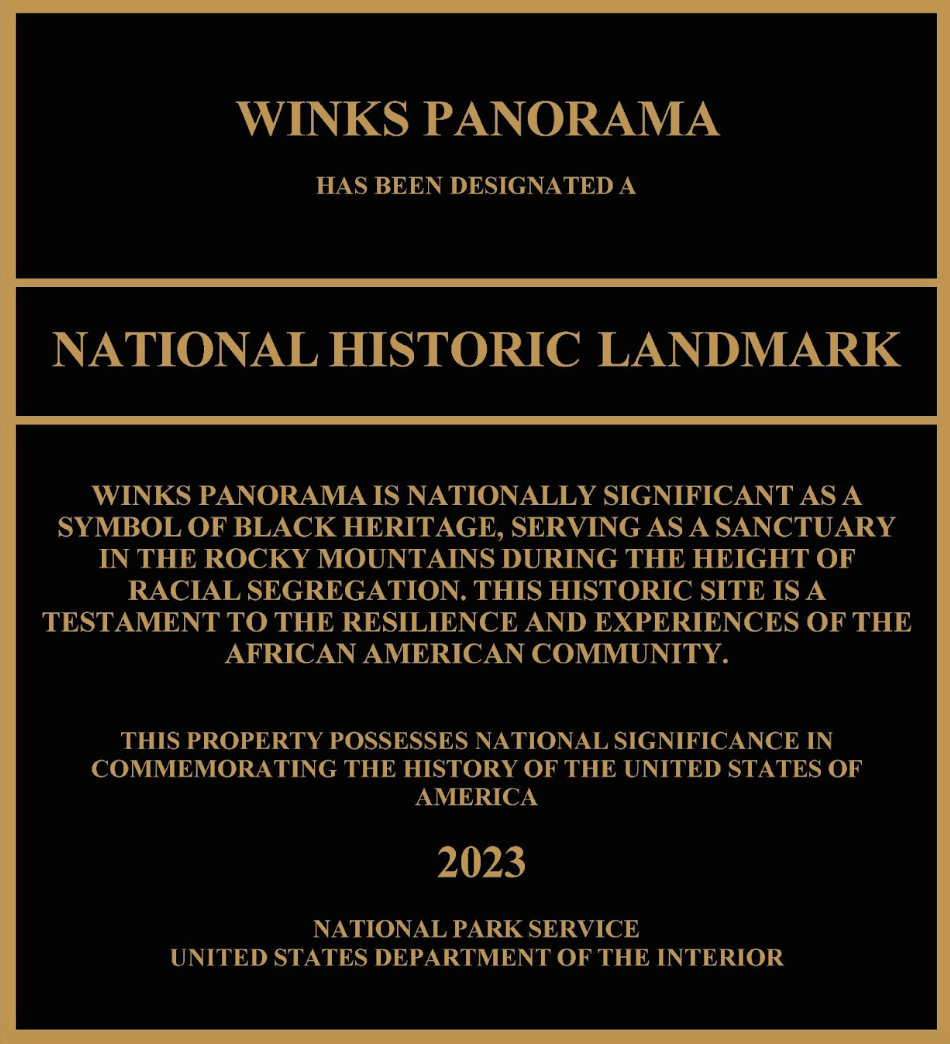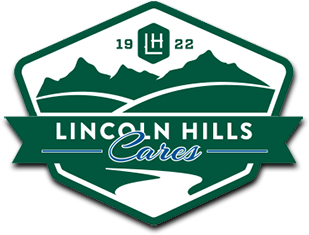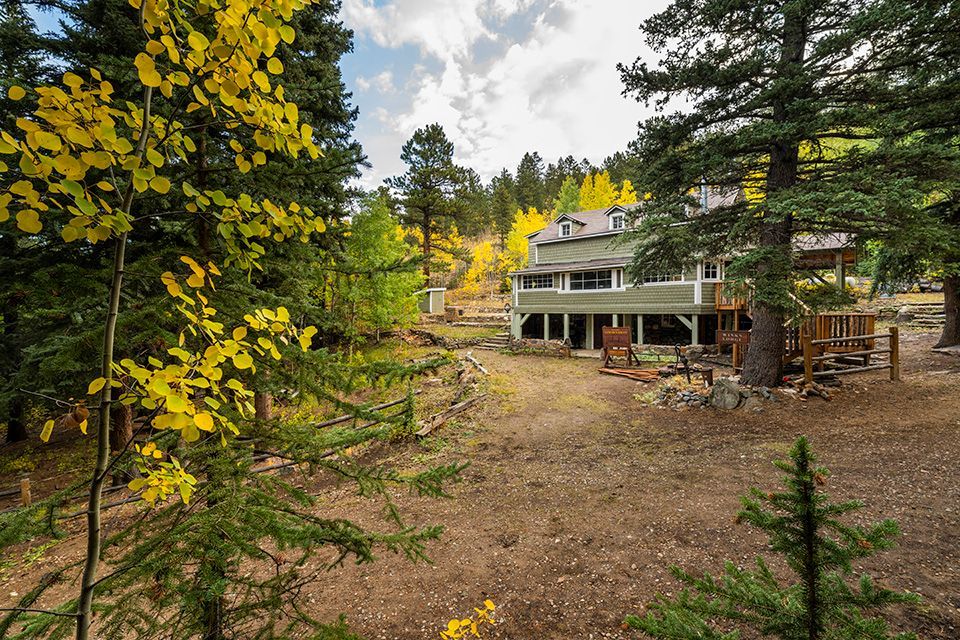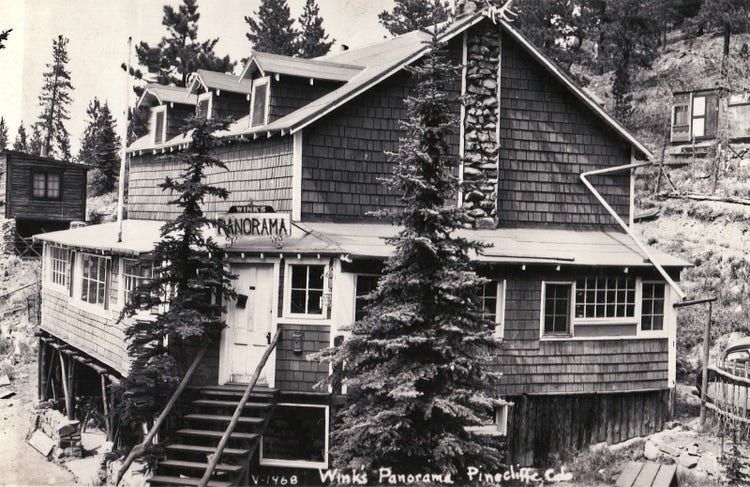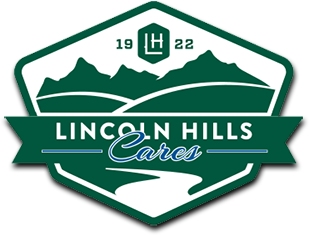Winks Lodge
A Haven of Culture, Community, and Recreation in the Rocky Mountains
Winks Lodge, established in 1925 by O. Wendell "Winks" Hamlet and his wife Naomi, stands as a significant landmark in American history. Nestled in the Rocky Mountains, it provided African Americans with a safe and welcoming space during a time of segregation and racial discrimination.
images from: The Cultural Landscape Foundation
Winks Lodge: A Historic Retreat and Cultural Landmark
Winks Lodge: A Historic Retreat and Cultural Landmark
A Safe Haven in the Rockies
From 1928 to 1965, Winks Lodge in Lincoln Hills, Colorado, served as a sanctuary for African Americans during segregation. Built by Obrey Wendell “Winks” Hamlet and his wife Naomi, the lodge was the heart of a resort community, offering leisure, culture, and community surrounded by rental cabins.
A Cultural and Social Hub
Winks Lodge hosted iconic Black artists, musicians, and intellectuals like Count Basie, Duke Ellington, Lena Horne, and Langston Hughes. It became a vibrant center of cultural exchange, echoing the spirit of the Harlem Renaissance.
Hospitality and Culinary Excellence
Renowned for its warm hospitality, Winks Lodge offered cozy accommodations, Southern-inspired meals, and stunning Rocky Mountain views. The lodge’s barbecue, prepared by Naomi and later Melba Hamlet, was particularly famous.
Recreation and Respite
Visitors enjoyed hiking, horseback riding, and fishing, relishing the rare opportunity to embrace nature and community free from discrimination.
A Legacy of Resilience
Featured in the
Negro Motorist Green Book and
Ebony magazine, Winks Lodge drew guests from across the country despite racial challenges. It was the only Rocky Mountain resort catering to African Americans, offering an experience described as feeling “like royalty.”
The End of an Era
With the Civil Rights Movement and integration, Winks Lodge’s role diminished. After Winks Hamlet died in 1965, the lodge closed, marking the end of its historic legacy.
Today, Winks Lodge remains a testament to Black resilience, entrepreneurship, and the transformative power of community and determination, inspiring future generations.
National Historic Landmark
December 15, 2023 - Winks Panorama, National Historic Landmark
Winks Panorama now known as “Winks Lodge” was designated as a National Historic Landmark by the National Parks Service
